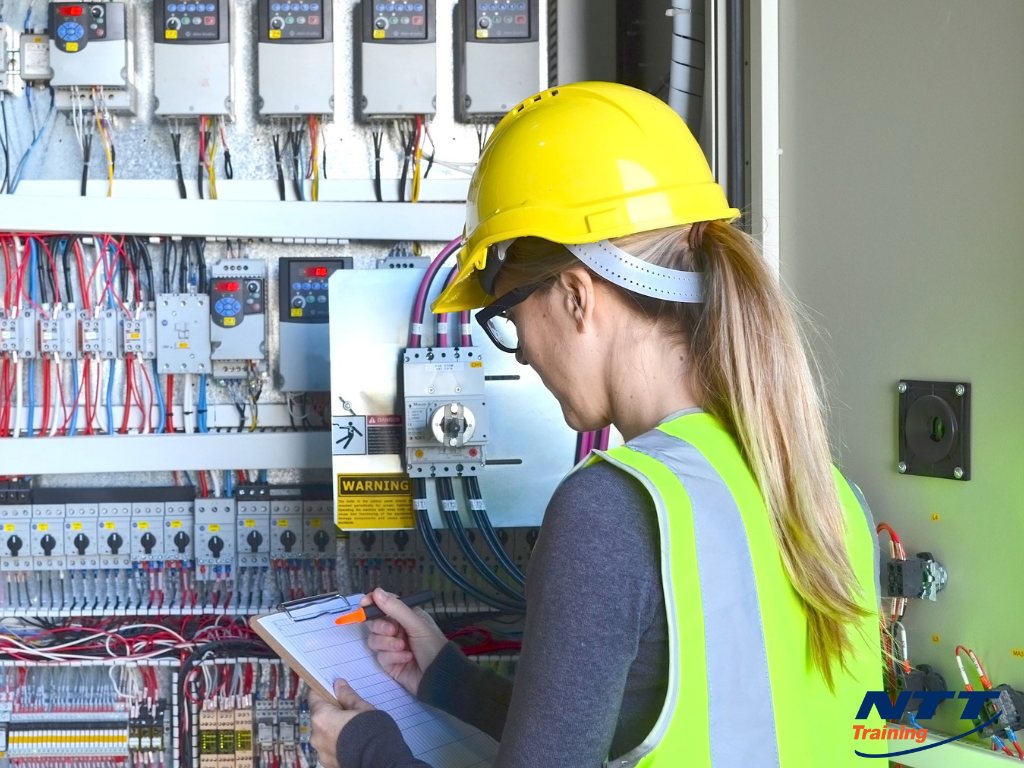Top Tips for Effective Electrical System Troubleshooting
Repairing electrical systems calls for a methodical method, grounded in a comprehensive understanding of electrical principles and safety protocols. By acquainting oneself with circuit components, making use of vital devices, and sticking to a structured analysis technique, experts can efficiently determine and resolve issues. However, the subtleties of efficient fixing expand beyond plain technical understanding; understanding how to record findings and focus on safety can significantly influence outcomes. As we explore these important aspects better, it comes to be clear that grasping this process is not just advantageous yet important for success in the field.
Understand the Essentials
Comprehending the essentials of electric systems is crucial for efficient troubleshooting, as a solid foundation allows service technicians to diagnose and resolve problems extra effectively. A detailed grasp of electric concepts, such as voltage, current, resistance, and power, is critical in determining the source of problems. Voltage is the electrical possible difference that drives current with a circuit, while resistance opposes the flow of current, impacting the general functionality of the system.
Knowledge with circuit parts, consisting of resistors, capacitors, diodes, and switches over, is likewise paramount. Each component plays an unique duty in circuit behavior and can influence performance when malfunctioning. In addition, understanding collection and identical circuit configurations is important, as these setups affect the circulation of voltage and existing within the system.
Service technicians need to be aware of potential hazards, such as shock and short circuits, to execute secure troubleshooting methods. By grasping these foundational concepts, specialists boost their ability to carry out efficient diagnostics and fixings, eventually leading to boosted performance and reliability of electric systems (electrical system troubleshooting).
Gather Necessary Equipment
Effective troubleshooting of electric systems requires the appropriate set of tools to diagnose and solve problems properly. A well-appointed technician can significantly enhance effectiveness and efficiency in determining troubles. Crucial tools include a multimeter, which gauges voltage, present, and resistance, permitting exact assessments of electric elements. Secure meters are additionally useful for measuring existing without detaching the circuit, making sure safety and security and benefit.
In addition, insulated hand devices such as screwdrivers, pliers, and cord strippers are essential for safely controling electrical links. It is additionally advisable to have a circuit tester accessible to validate the existence of voltage in outlets and cords. For even more complicated systems, a thermal imaging camera can assist detect overheating parts, indicating prospective failures.

Adhere To a Systematic Strategy
Having actually collected the proper tools, the following step in troubleshooting electrical systems is to comply with a systematic approach. A systematic approach ensures that specialists can identify faults successfully and accurately, lessening downtime and stopping unnecessary repairs.
Begin by reviewing the system's schematic representations and requirements. Understanding the design and functional criteria will certainly give context for detecting concerns. Next, separate the issue location by utilizing a process of removal. This includes checking each part systematically, beginning from the source of power and working in the direction of the load.
Use testing equipment, find more such as multimeters and oscilloscopes, to collect objective information about voltage, existing, and resistance at numerous factors within the system. This empirical evidence will assist your troubleshooting initiatives and aid to verify or get rid of possible root causes of failure.
Additionally, consider environmental variables that may influence the system's performance, such as temperature level fluctuations or dampness ingress. A detailed examination of circuitry, links, and components will certainly ensure that all possibilities are made up.
Record Your Findings
Complete documents is essential in the troubleshooting procedure of electrical systems. Exact records boost the performance of identifying recurring concerns and help with communication amongst staff member. Each finding ought to be carefully kept in mind, consisting of signs observed, examinations carried out, and the outcomes of those examinations. electrical system troubleshooting. This technique not only help in recognizing the origin reason of the trouble however likewise acts as a reference for future troubleshooting efforts.

In addition, maintaining a log of parts replaced or repair services done is invaluable. This info sustains inventory administration and can assist evaluate the longevity and reliability of particular components.
Eventually, the documentation procedure must be thorough yet succinct, allowing easy access and testimonial - electrical system troubleshooting. By focusing on in-depth documents, professionals can create a beneficial data base that not just help in existing troubleshooting but additionally encourages future upkeep initiatives, thus boosting general system dependability

Prioritize Safety And Security Procedures
Recognizing the fundamental threats connected with electrical systems is important for making certain safety during troubleshooting. Electrical shock, burns, and equipment damage are simply a few of the possible hazards that professionals face. Focusing on security procedures is not just a legal responsibility yet additionally a moral necessary that safeguards both the professional and the surrounding environment.
Before starting any troubleshooting task, technicians must wear proper individual protective tools (PPE), consisting of insulated handwear covers, shatterproof glass, and flame-resistant apparel. Making certain that the workspace is dry and complimentary of mess can considerably minimize the threat of mishaps. It is important to de-energize circuits prior to beginning any work, validating that resource they are not live via the use of a multimeter or voltage tester.
Developing clear communication protocols with group participants is also essential; this ensures that everybody understands prospective dangers and the status of the electric system mechanical engineering industry support being dealt with. Last but not least, having an emergency action strategy in area can confirm vital in the event of an event. By prioritizing security steps, technicians can properly reduce risks and cultivate a more secure office.
Conclusion
Efficient electric system troubleshooting counts on a comprehensive understanding of basic principles and a methodical method. Prioritizing security steps ensures the health of individuals included and the stability of the electrical system.